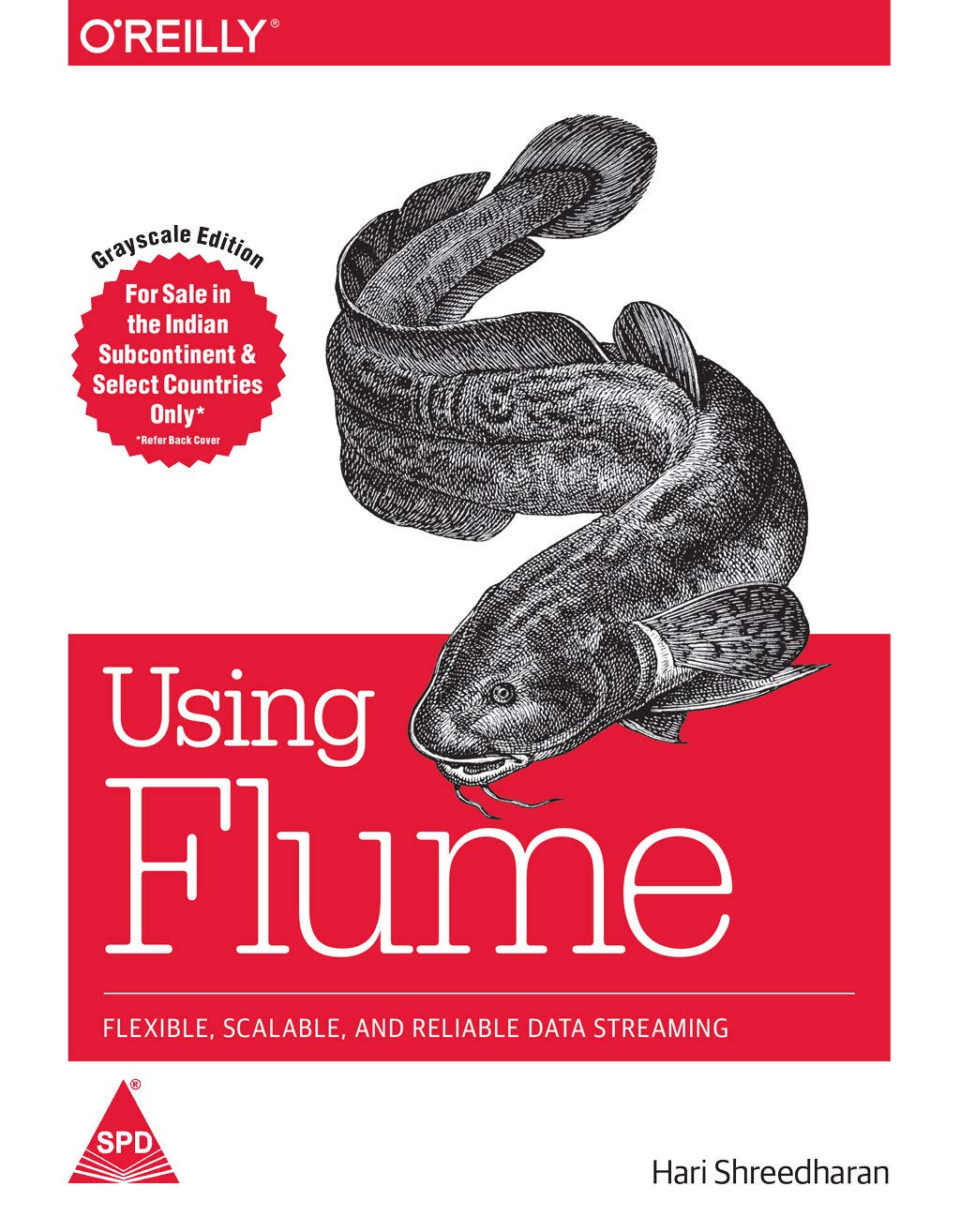BOOKZONE
Using Flume: Flexible, Scalable, and Reliable Data Streaming
Paperback
by Hari Shreedharan
SKU:9789351108580
Bulk Discount Get Exta 5% upto 10%
Share

Howcan you get your data from frontend servers to Hadoop in near real time? Withthis complete reference guide, you’ll learn Flume’s rich set of features forcollecting, aggregating, and writing large amounts of streaming data to theHadoop Distributed File System (HDFS), Apache HBase, SolrCloud, Elastic Search,and other systems.
Using Flume shows operationsengineers how to configure, deploy, and monitor a Flume cluster, and teachesdevelopers how to write Flume plugins and custom components for their specificuse-cases. You’ll learn about Flume’s design and implementation, as well asvarious features that make it highly scalable, flexible, and reliable. Codeexamples and exercises are available on GitHub.
- Learn how Flume provides a steady rate of flow by acting as a buffer between data producers and consumers
- Dive into key Flume components, including sources that accept data and sinks that write and deliver it
- Write custom plugins to customize the way Flume receives, modifies, formats, and writes data
- Explore APIs for sending data to Flume agents from your own applications
- Plan and deploy Flume in a scalable and flexible way—and monitor your cluster once it’s running


